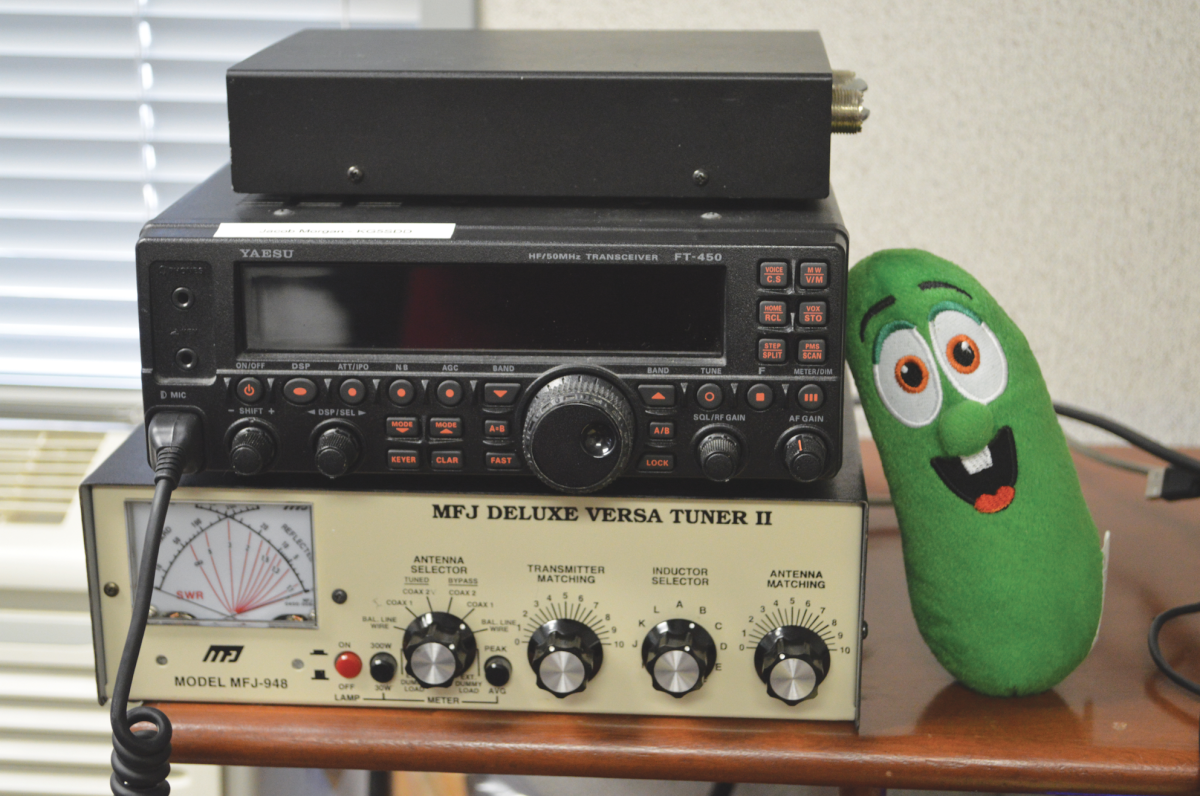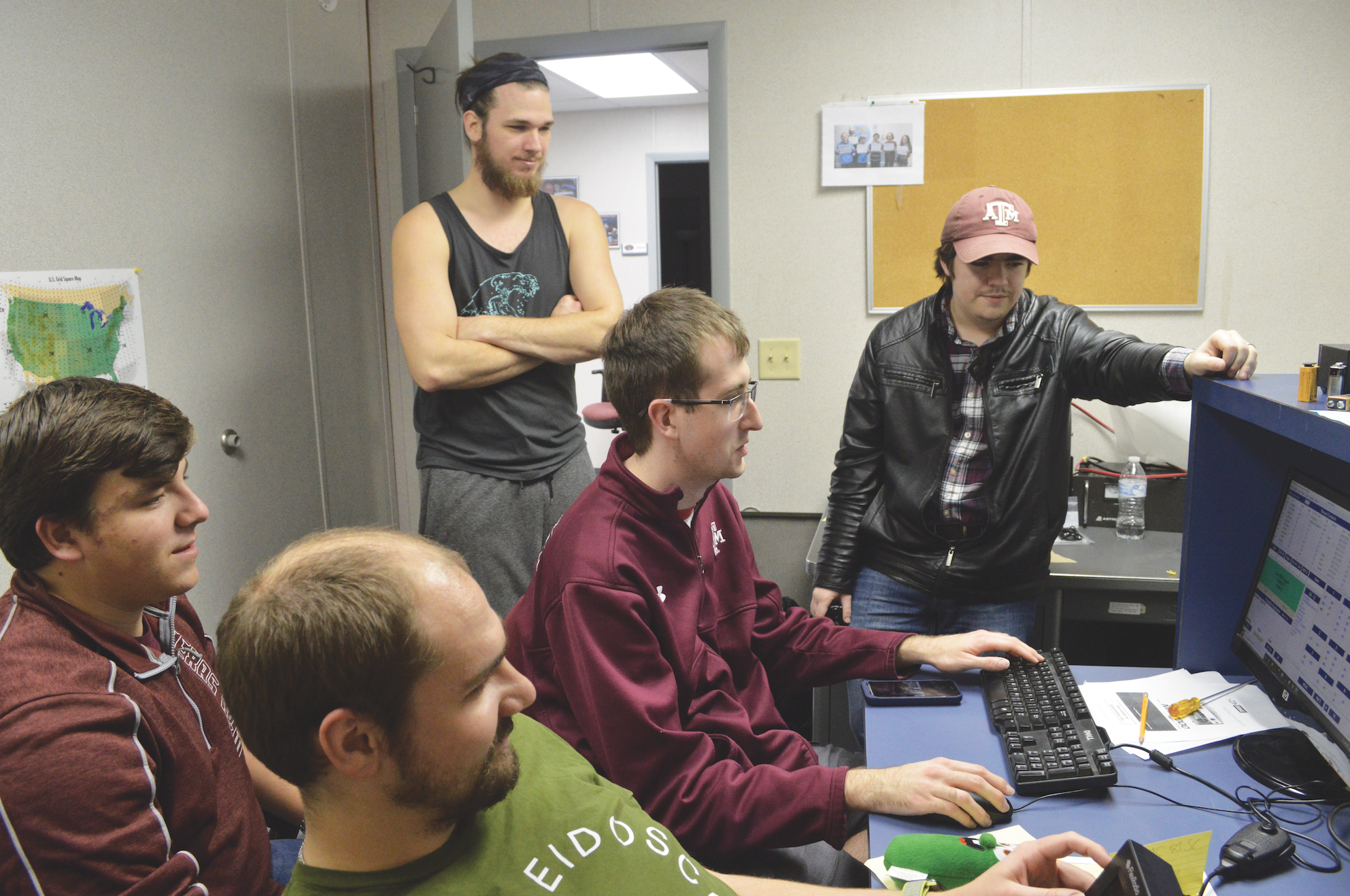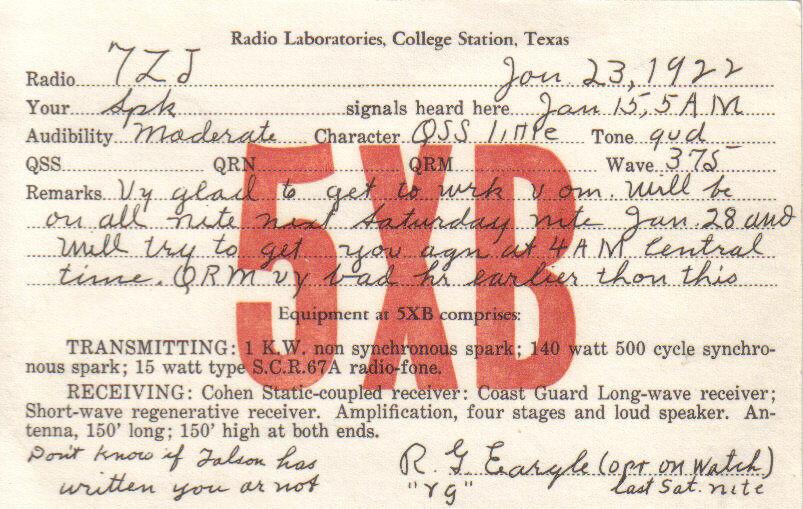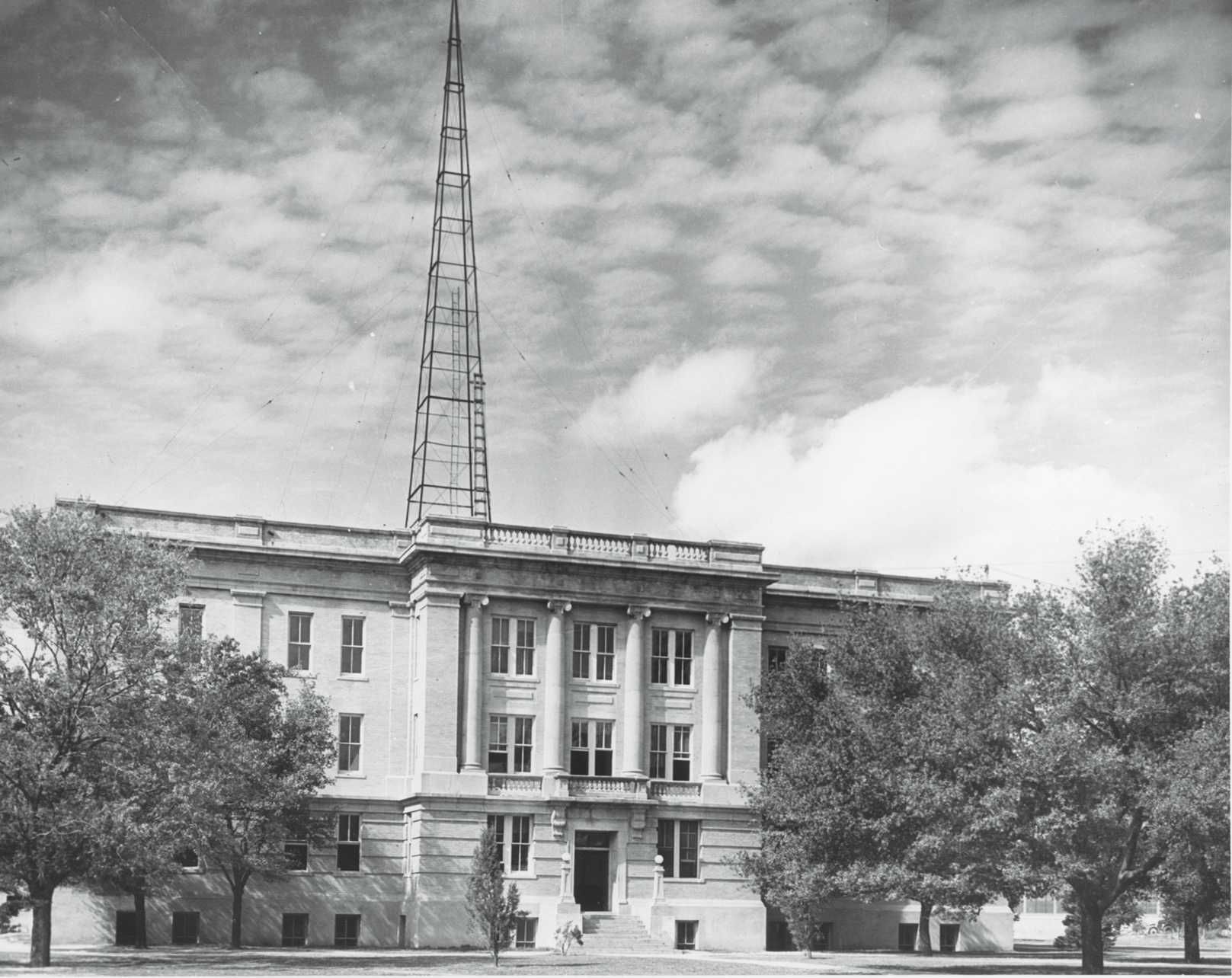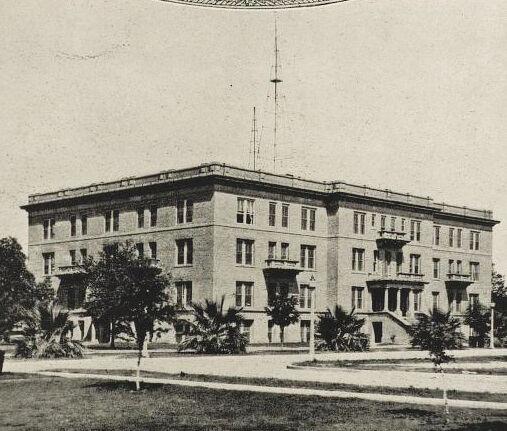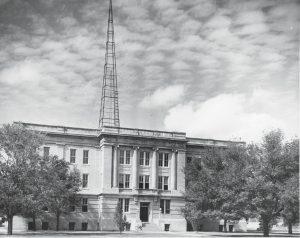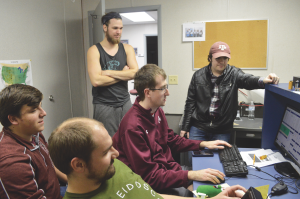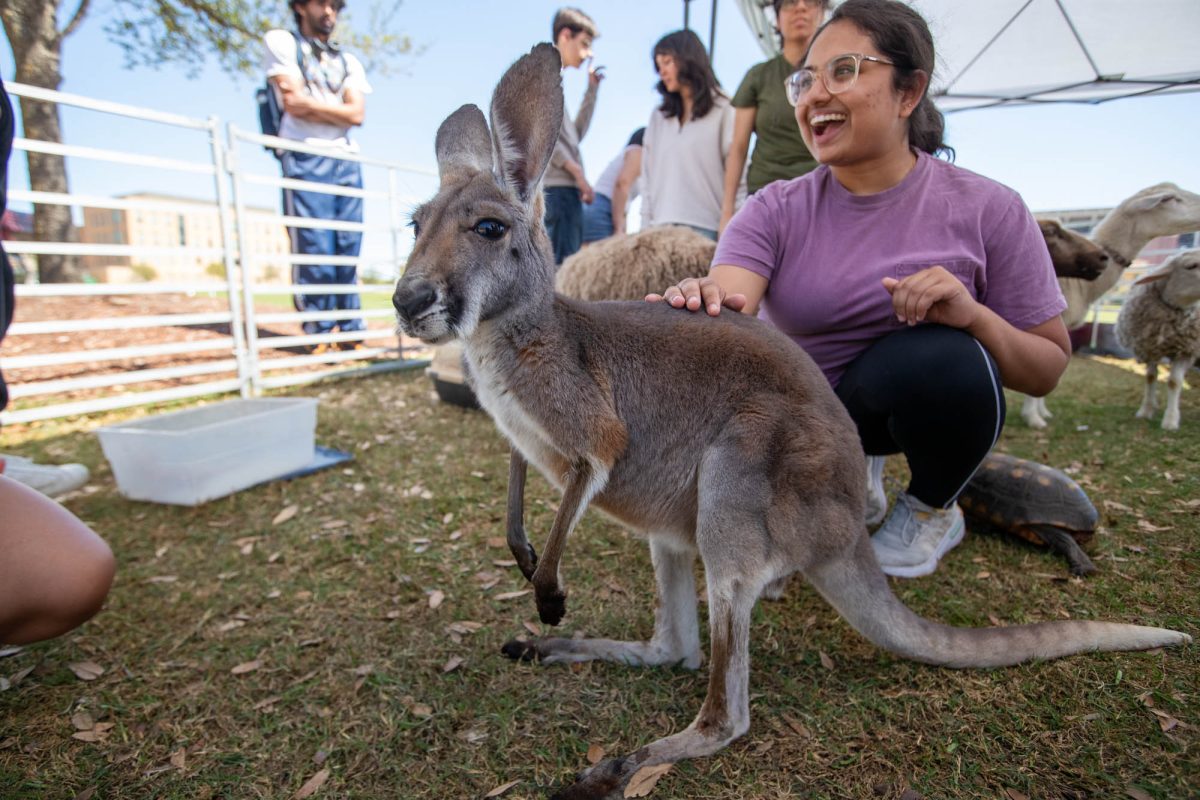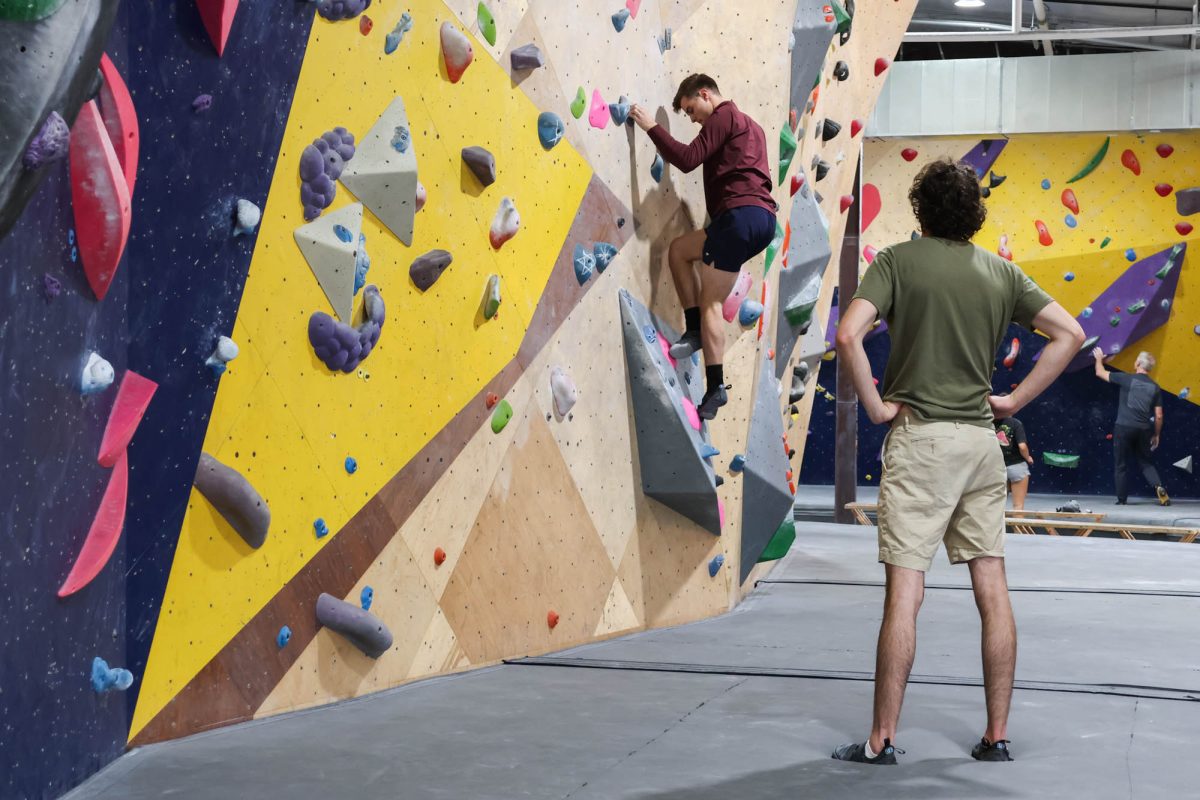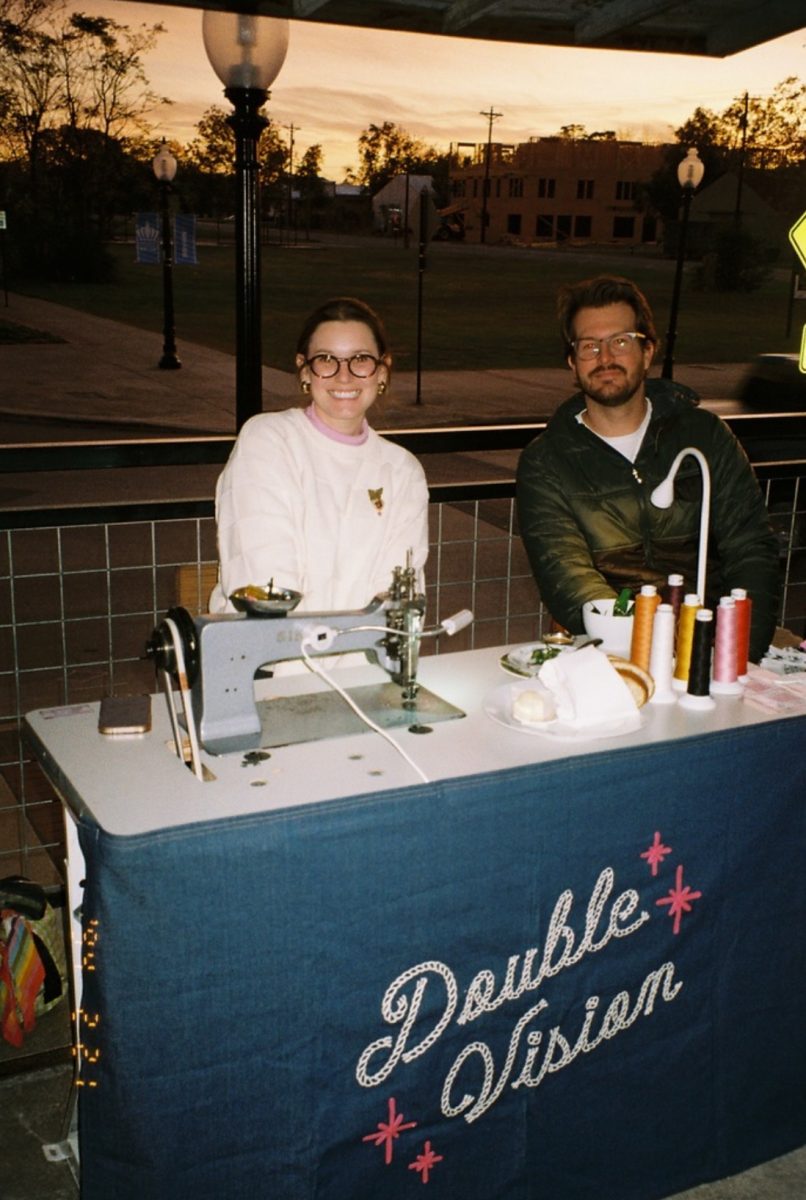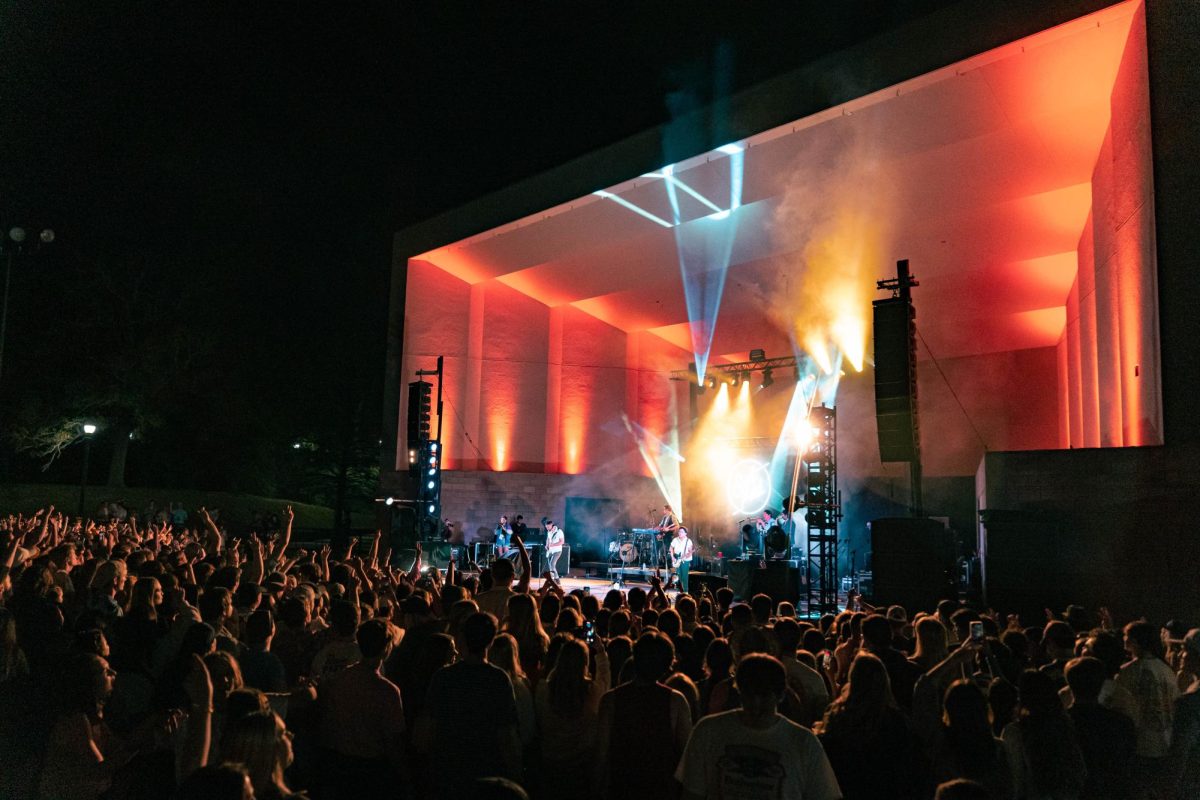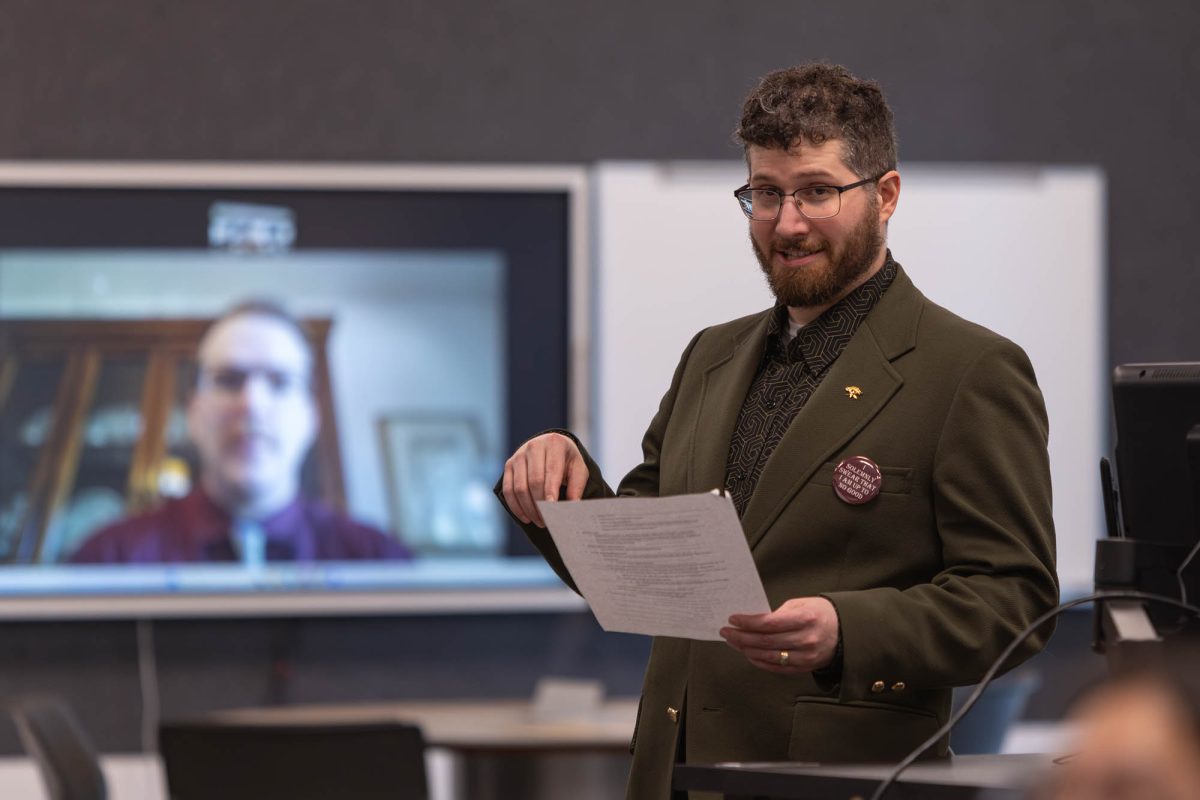As the first public institution of higher education in Texas, Texas A&M is a pioneer in many ways.
A&M’s amateur radio club, called W5AC, is an example of this.
The club was involved with the 1921 play-by-play broadcast of an A&M-University of Texas football game — the first of its kind by an amateur radio station. However, a commercial station in Pittsburgh beat it out to be the first in the nation.
But the club’s history runs deeper than that.
Founded in 1912 in Bolton Hall, W5AC is the oldest college radio club that is currently operating under its original call sign, though there is some debate surrounding that fact.
Harvard claims its radio club, W1AF, was founded in 1909, but W5AC historian David Gent, Class of 1975, said there are issues with that claim.
“They did not have a station, they didn’t operate, they didn’t have a call sign in 1909,” Gent said. “What they did is they had some of their students that were interested in what was called wireless telegraphy and they met and talked about it, and they said that was the beginning of their club.”
Gent said A&M’s club also has the oldest call sign still in operation in the fifth district — which encompasses Texas, New Mexico, Oklahoma, Arkansas, Louisiana and Mississippi — and is potentially the oldest in the country.
In the early days of its existence, the club used the call sign “5AC,” which makes it the third station in operation in the fifth district. “5AA” was the first, but the station ceased operation within two years, according to an excerpt from “Radio Stations of the United States” released by the federal government in 1914.
The “W” did not come into use until 1928, when the Bureau of Navigation in the Department of Commerce began assigning all stations in the U.S. the prefix “W” to distinguish them internationally. As interest in amateur radio grew, stations to the east of the Mississippi River began receiving the “W” prefix and stations to the west, the “K” prefix.
W5AC and local Bryan-College Station station WTAW, which also has its roots at Bolton Hall, are now outliers in modern radio because they have the prefix “W” despite being located west of the Mississippi River, Gent said.
“Most people today have no idea just what a treasure we have in having the oldest call sign, just like most people that listen to the radio today have no idea how much of a pioneer WTAW was, having a ‘W’ instead of a ‘K’ like everybody else,” Gent said.
Lending a helping hand
Throughout its 109-year history, W5AC has taken part in communications for various natural disasters and emergency events such as hurricanes, earthquakes and a revolt in Nicaragua.
However, Gent said one of his most “priceless” memories during his time at A&M was helping soldiers in the Vietnam War contact their families during his freshman and sophomore years.
Using what was called a phone patch, an operator on a military base camp would call out over a frequency for amateur operators located near a soldier’s hometown. Once an operator was contacted, the soldier would provide a phone number for them to call. The operator would call the requested number and allow a channel for soldiers and their loved ones to communicate.
“After a minute or so, they’d forget that we were there,” Gent said. “They’d just talk like you would expect if you had just talked to a loved one for the first time in months, maybe years.”
The club didn’t just help soldiers contact their loved ones.
Then-W5AC member Maria Madrano from Cochabamba, Bolivia, had a radio license from Bolivia and used the club’s equipment to call home. Her friends began doing the same, and the news that W5AC could make international calls spread from there.
Soon, the club was flooded with students wanting to call their families.
“We used to spend hours up there doing that for our students,” Gent said. “Of course, we can’t collect any money, and we didn’t want any money. We just wanted to give them a taste from home.”
Gent said during his time at A&M, he communicated with amateur operators from all across the world, trading contact confirmation, or QSL cards with those he contacted. Gent said the connections he made with people around the world helped him learn geography as he tracked the countries he had reached.
As a student, Gent also helped with communications during the Student Bonfire season to determine which cut sites needed supplies, such as chainsaws, and with patient transport when the new St. Joseph’s hospital was built. His expertise at amateur radio also allowed him to work on communications at the Bryan Christmas Parade until 2015.
Continuing tradition through COVID-19
In a much different setup than it had in 1921 when a pair of 175-foot antennas sat atop Bolton and Legett Halls, W5AC’s shack is currently housed behind Century Square near Hensel Park.
Due to COVID-19 gathering restrictions for organizations on campus, W5AC hasn’t been able to return to full operation from its shack since before the 2020 Spring Break.
“We’re like the swimming team without a pool or a basketball team with no court,” Gent said. “We have students that are interested, but there’s a lot that we can’t do.”
Despite the limitations COVID-19 has placed on the club, recruiting new members hasn’t been a difficult task. In fact, fourth year member and chemical engineering senior Jace Nelson said the club is seeing more students interested in joining the club than before the pandemic.
The club used to get a few emails a month from people interested in taking the technician license exam, which the club conducts, but Nelson said students looking to join the club began emailing almost daily last summer.
“During the pandemic, things went quiet for the first few months, but over the summer sometime, we started receiving emails basically every day from one person or another,” Nelson said. “Interest has actually gone up a little bit, especially from people who want to take command and help people out by volunteering or by people who just want to be prepared in case something happens.”
Nelson said the increase in interest goes back to the club’s history of serving others. Even amid the pandemic, there have been plenty of opportunities for the club to help the Bryan-College Station community.
“Especially with the various weather things that have happened over the last year and a half or two, between the wildfires in California and Australia, the tornado outbreak in the north, what’s happening today in Louisiana, as well as the ice storm in Texas a couple weeks ago, I think a lot of people are seeing these kinds of things and saying, ‘How can I help others?’” Nelson said. “Ham radio is just one way to give back.”
Role of amateur radio
Although social media has paved the way for a more-connected world, the role of amateur radio is “invaluable,” Gent said.
“To be able to talk to somebody in Germany or Russia or Japan all in the same day, that was magical,” Gent said. “People say, ‘Oh, I can email them.’ But who do you know over there? See, I don’t have to know somebody in Japan. I can get on and listen and I can call for a station in Japan, and if somebody over there wants to talk to me, they’ll answer … You can’t do that over email. You can maybe do that on a message board where you post something and somebody answers back.”
Though its name suggests otherwise, Gent said amateur radio is not to be taken any less seriously than professional radio. While stations like WTAW or KANM typically feature just one personality speaking over the airwaves to an unknown number of listeners, W5AC and other amateur stations provide two-way communication between operators.
“Amateur radio does not mean less quality than professional. What it means is you do not collect money for it,” Gent said. “All of the Olympics were amateur — you were not allowed to be a professional. In the early days, professionals were not considered the best. It was the amateurs that were the best. Our term ‘amateur radio’ today, people think we know less about it than the people that work at the broadcast station, but actually the inverse is true.”
Although it played a hand in the early days of sports broadcast, the club essentially abandoned the practice almost immediately after its first successful attempt during the 1921 rivalry game between A&M and the University of Texas.
However, Gent said that is not a fault of the club — instead, it shows the students’ commitment to the heart of amateur radio.
“This was our Thanksgiving game so it was the last one of the season, but I’m sure everybody went home and said, ‘We should do this for every game.’ … And then the market was recognized by commercial people, and they started making things and putting things in place. That’s why we didn’t continue with it,” Gent said. “It’s not our place to sell radios. We’re amateurs. But we develop it. We show it can be done. That’s what we do.”




